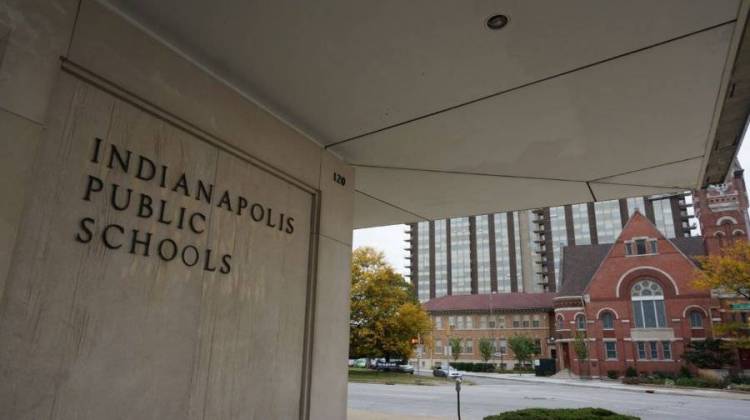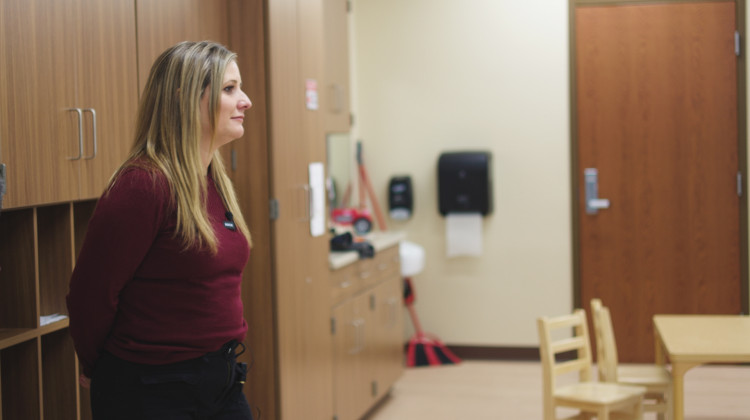
The Indianapolis Public Schools district's annual panorama survey showed an increase in the students, staff and families who are satisfied with the culture within the district.
The Indianapolis Public Schools district's annual panorama survey showed an increase in the students, staff and families who are satisfied with the culture within the district.
IPS provided results of the panorama survey, which focuses on three groups – students in grades 3-12, staff and families – during their last school board meeting.
The district has conducted the initiative for the past three years to measure how the district is responding to topics such as school climate, faculty growth mindset and school belonging.
Some of the survey topics for students and families include assessing whether they have positive student-teacher relationships, barriers to engagement and their sense of belonging in their school. Staff survey topics included looking at whether an educator thinks their teaching has improved over time to support students with different needs.
In grades 3-5, surveyed students answered more positively this year than in previous years, and exceeded the national average in school climate (66 percent), school belonging (66 percent), and teacher-student relationships (77 percent).
Schools such as the George W. Julian School and William McKinley Elementary School #39 used various strategies to improve their results. Some schools used listening circles to foster respect between students, conducted read-alouds using culturally relevant texts, or used a scope and sequence to outline goals to meet throughout the school year.
Although IPS improved in areas, such as some of their racial equity topics, there are still some gaps. For grades 6-12, school engagement (31 percent) and school belonging (42 percent) was lower than the national average. When student results were broken down by race, Latinx students were at or above the average IPS rate. However Black students were at or below the IPS average.
For classified staff, which includes employees who don't require certifications such as teaching degrees, white and Latinx response rates were higher than both the overall IPS rate and Black responses. In the majority of response areas, Black and Latinx certified staff surpassed the overall IPS results.
The IPS school district hopes to see continued progress as they work on their strategic plan and school improvement plans.
Contact WFYI education reporter Elizabeth Gabriel at egabriel@wfyi.org. Follow on Twitter: @_elizabethgabs.
 DONATE
DONATE






 Support WFYI. We can't do it without you.
Support WFYI. We can't do it without you.